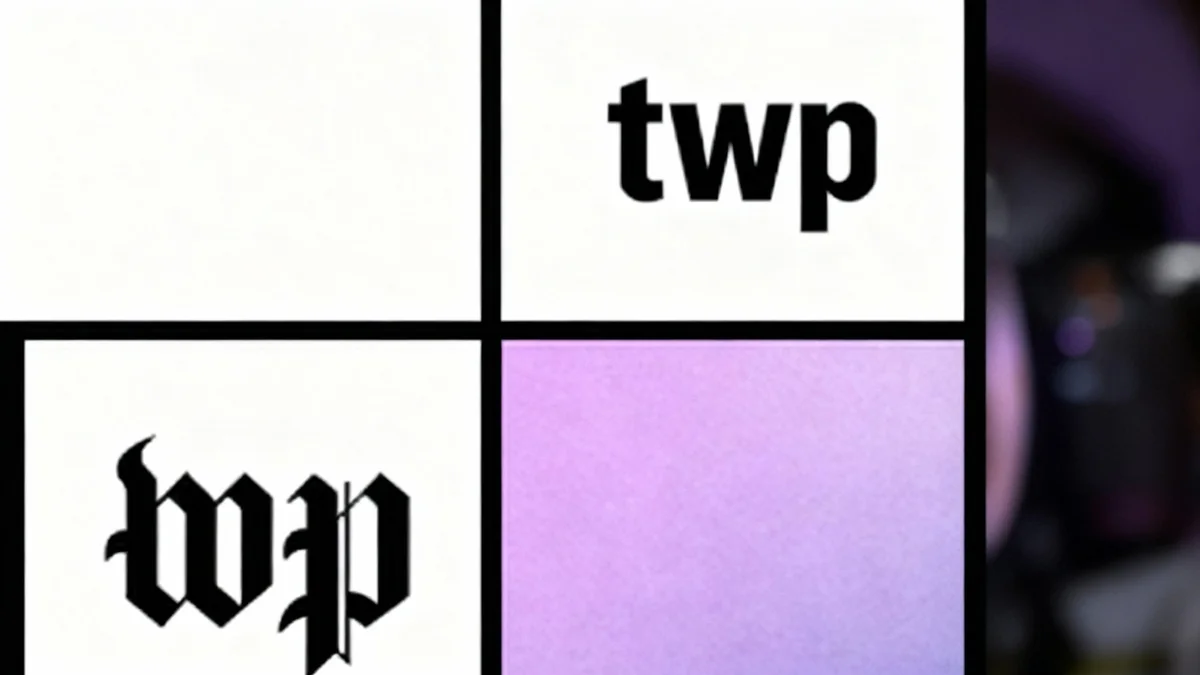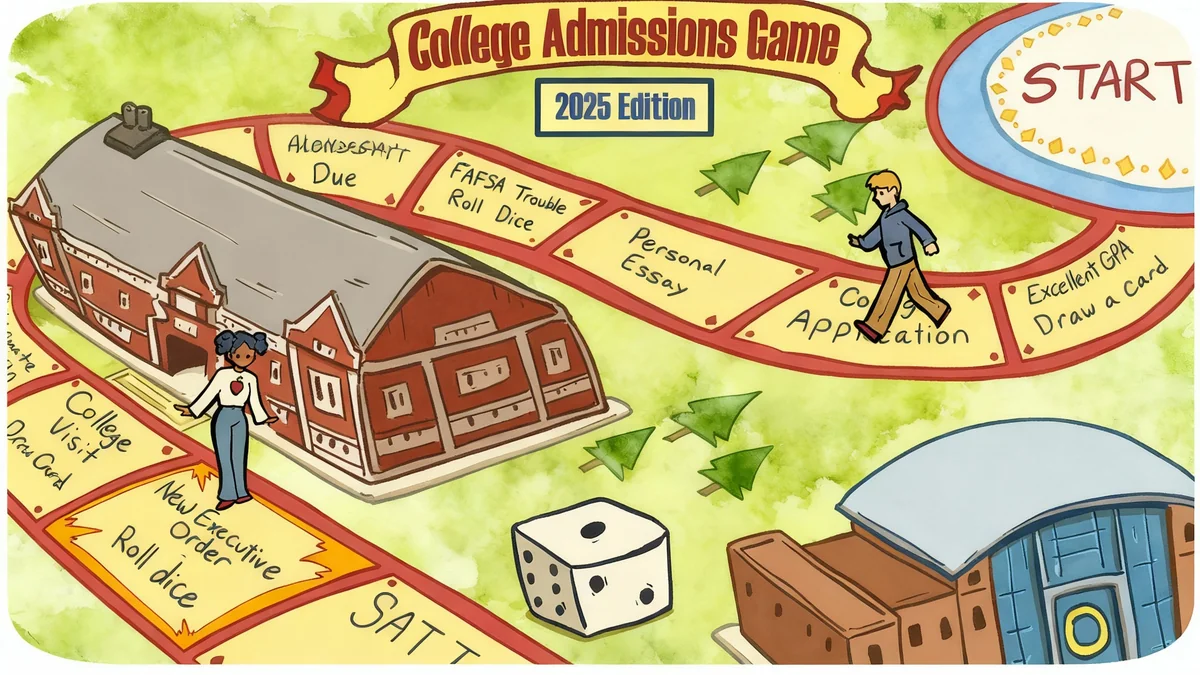Wisconsin ranks among the least affordable states for college education, according to a new report. The National College Attainment Network (NCAN) found that most of the state's public universities and many technical colleges are not affordable for the average student and family. This places Wisconsin at 46th nationally for college affordability, highlighting a significant financial burden on students.
Key Takeaways
- Wisconsin ranks 46th nationally for college affordability.
- Only two technical colleges and no four-year public universities were deemed affordable.
- The average affordability gap for universities is $3,549, more than double the national average.
- A statewide tuition promise program is suggested as a key solution.
- Lawmakers and institutions hold differing views on solutions and methodology.
Wisconsin's Low National Ranking
The National College Attainment Network, a nonprofit focused on improving higher education access, conducts an annual assessment of college affordability across U.S. states. Their latest report, which uses 2022-23 data, reveals that Wisconsin has a significant affordability challenge.
Only a few states, specifically Delaware, New Hampshire, North Dakota, and Rhode Island, ranked lower than Wisconsin in terms of the share of schools considered unaffordable. This ranking indicates a widespread issue for students pursuing higher education in the state.
The report measures the affordability gap by comparing the total cost of attendance at institutions against what an average student and their family can realistically afford to pay. This calculation considers various financial resources available to students.
Affordability Data
- Wisconsin's Rank: 46th out of 50 states.
- Affordable Institutions: None of Wisconsin's four-year public universities; only two technical colleges.
- Average Affordability Gap (4-year public universities): $3,549 per year.
- National Average Affordability Gap (4-year public universities): $1,555 per year.
- Average Affordability Gap (technical colleges): $1,336 per year.
- National Average Affordability Gap (community colleges): $486 per year.
Understanding the Affordability Gap
Louisa Woodhouse, the author of the NCAN report, detailed the methodology used to determine college costs. She gathered each institution's published cost of attendance, which covers tuition, fees, housing, and other related expenses. An additional $300 was added to account for potential emergency costs.
To assess student resources, Woodhouse utilized a federal database. This database provided information on the average grants, loans, and work-study payments received by students at each institution. An estimate of summer earnings, based on full-time work at the state minimum wage, was also included. The calculation also factored in an “expected family contribution,” derived from average Pell Grant awards.
The report highlights a substantial difference in affordability gaps between Wisconsin and the national average. For students attending four-year public universities in Wisconsin, the average annual affordability gap stands at $3,549. This figure is more than double the national average of $1,555.
Similarly, at Wisconsin's technical colleges, the average affordability gap was reported as $1,336. This is significantly higher than the national average of $486 for community colleges.
"States that are investing in higher education systems have more affordable higher education," stated report author Louisa Woodhouse. "We know what works. When states are investing, it means students are more able to access and complete a degree."
Institutional Responses and Proposed Solutions
Both the Wisconsin Technical College System and the Universities of Wisconsin (UW System) acknowledged the report's findings, though they offered different perspectives on the methodology and solutions.
Wisconsin Technical Colleges' View
Katy Pettersen, a spokesperson for the Wisconsin Technical College System, emphasized that addressing students' unmet financial needs is a key priority. She noted that colleges are actively exploring ways to reduce costs for students, such as expanding access to free online course materials.
However, Pettersen also raised concerns about the report's methodology. She argued that the inclusion of emergency expenses could be redundant, as some of these costs might be covered by state grants. Additionally, she pointed out that housing costs, a major component of attendance, are largely outside the colleges' direct control.
Pettersen also highlighted a potential miscategorization of Madison Area Technical College as a four-year institution in the federal data used by the report. She also suggested that the report's estimate of summer wages, based on minimum wage, might underestimate the actual income of many technical college students, who often work year-round and earn more.
Technical College System Efforts
- Tuition increases held at or below inflation for a decade.
- Full-time tuition is less than $5,000 per year.
- Median salary six months post-graduation for an applied associate degree is over $60,000.
According to Pettersen, the Technical College System Board has worked to keep tuition increases minimal over the past decade, ensuring they remain at or below the rate of inflation. Currently, a full-time student pays less than $5,000 per year in tuition. She also stressed the strong return on investment, citing a median salary of over $60,000 six months after graduating with an applied associate degree.
UW System's Call for Tuition Promise Programs
Mark Pitsch, a spokesperson for the Universities of Wisconsin system, stated that the UW System offers the lowest average tuition rates in the upper Midwest. He suggested that the NCAN report's methodology might not fully reflect this, potentially disadvantaging low-tuition institutions in states with limited financial aid.
Despite these concerns, Pitsch agreed that the identified affordability gaps underscore a critical need for increased funding. He noted that state funding for public universities has significantly decreased, falling from nearly 42% of the system's budget in 1985 to half that amount projected for 2025. This reduction has increased tuition dependence and the financial burden on families.
The UW Board of Regents approved tuition increases for the third consecutive year this summer. Tuition now accounts for approximately 60% of the university's total revenue. Pitsch emphasized that a statewide tuition promise program could eliminate the affordability gap for thousands of students.
Tuition promise programs are designed to cover the remaining tuition costs for eligible students after federal financial aid and scholarships have been applied. These programs offer clear messaging: if a family's income falls below a specific threshold, the student receives full tuition coverage.
Pitsch highlighted the urgency for Wisconsin to implement such a program, especially as neighboring states move to reduce college cost barriers. "This initiative is essential for Wisconsin to remain competitive," he said.
Political Challenges to Affordability Initiatives
Several neighboring states that ranked higher in the NCAN affordability report already have tuition promise programs in place. For example, Minnesota's "North Star Promise" covers tuition at any state public university or college for in-state students whose families earn under $80,000. Michigan also offers similar programs at state universities, with income thresholds up to $125,000.
UW-Madison launched its own promise program in 2018, providing full tuition coverage for Wisconsin students from families earning $65,000 or less. This program is funded through private donations, not taxpayer money. A statewide version for the other 11 UW campuses was introduced in 2023, covering students with family incomes below $62,000. However, this program was cut in 2024 due to a lack of funding.
For Fall 2025, the statewide program is set to return with a lower income threshold of $55,000, thanks to a $5 million gift from Ascendium Education Group. Its future beyond 2026 remains uncertain.
"That kind of lack of consistency when it comes to need-based grant funding and the lack of more robust investment likely contributes to what we see in this (study)," Woodhouse commented on the inconsistent funding.
Republican lawmakers in Wisconsin have historically opposed promise programs. Some argue that scholarship support should be based on merit rather than income. Others believe that taxpayers should not fund an individual's decision to attend college. Assembly Speaker Robin Vos, a Republican from Rochester, has suggested that UW campuses should raise funds privately for such programs.
In contrast, Democratic lawmakers recently introduced a bill proposing nearly $40 million for a statewide tuition promise program. This program would cover students from households with incomes up to $71,000.
Alternative Legislative Proposals
While some Republicans oppose promise programs, they have put forward other ideas to address college affordability:
- Tuition Cap Bill: Some GOP lawmakers have proposed legislation to cap tuition increases at the rate of inflation from the previous year. The UW System opposes this bill, arguing that tuition increases have generally aligned with inflation and that the Board of Regents balances affordability with academic quality.
- Online Course Fee Ban: Another bill introduced seeks to ban online course fees when universities do not offer an in-person alternative. This legislation emerged after a report by the Milwaukee Journal Sentinel highlighted the practice. The UW System, however, stated that online education involves costs and that such a bill could limit universities' ability to provide these courses.
Both of these bills are scheduled for a hearing by the Senate Committee on Universities and Technical Colleges on October 15.





